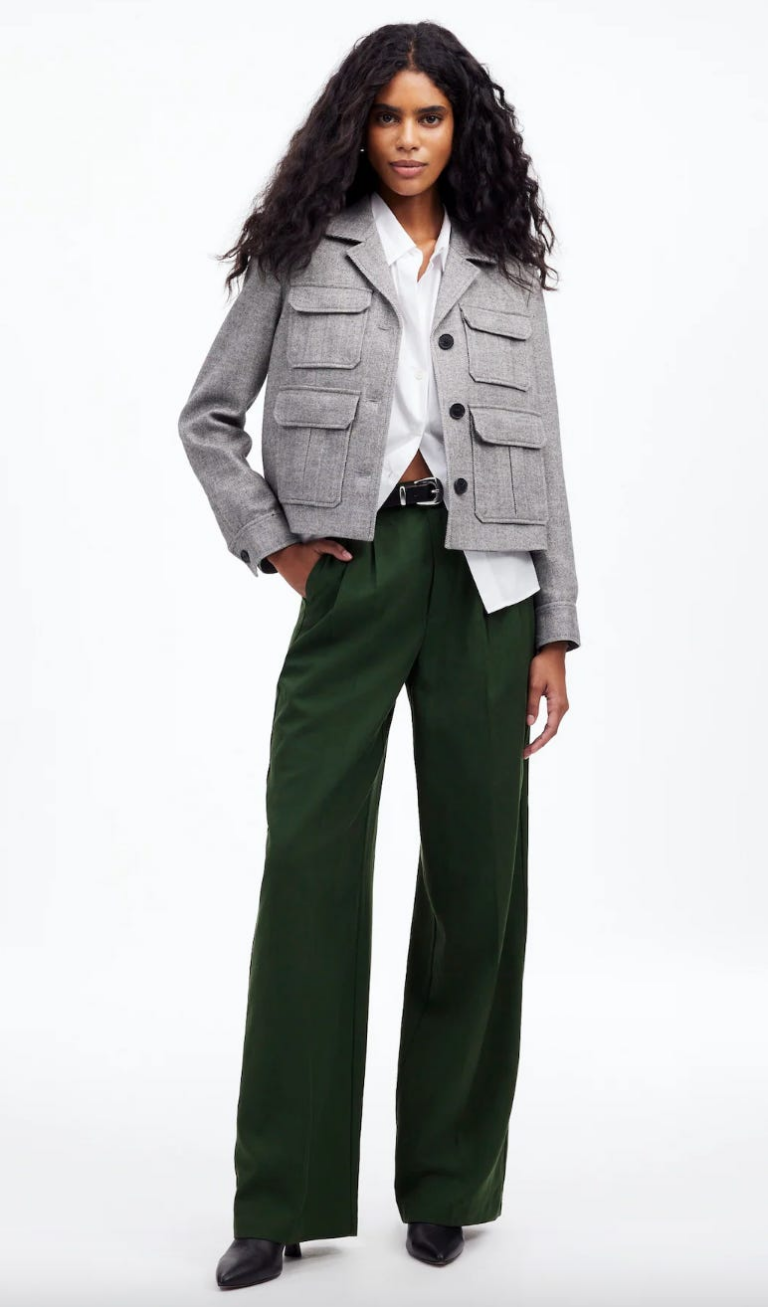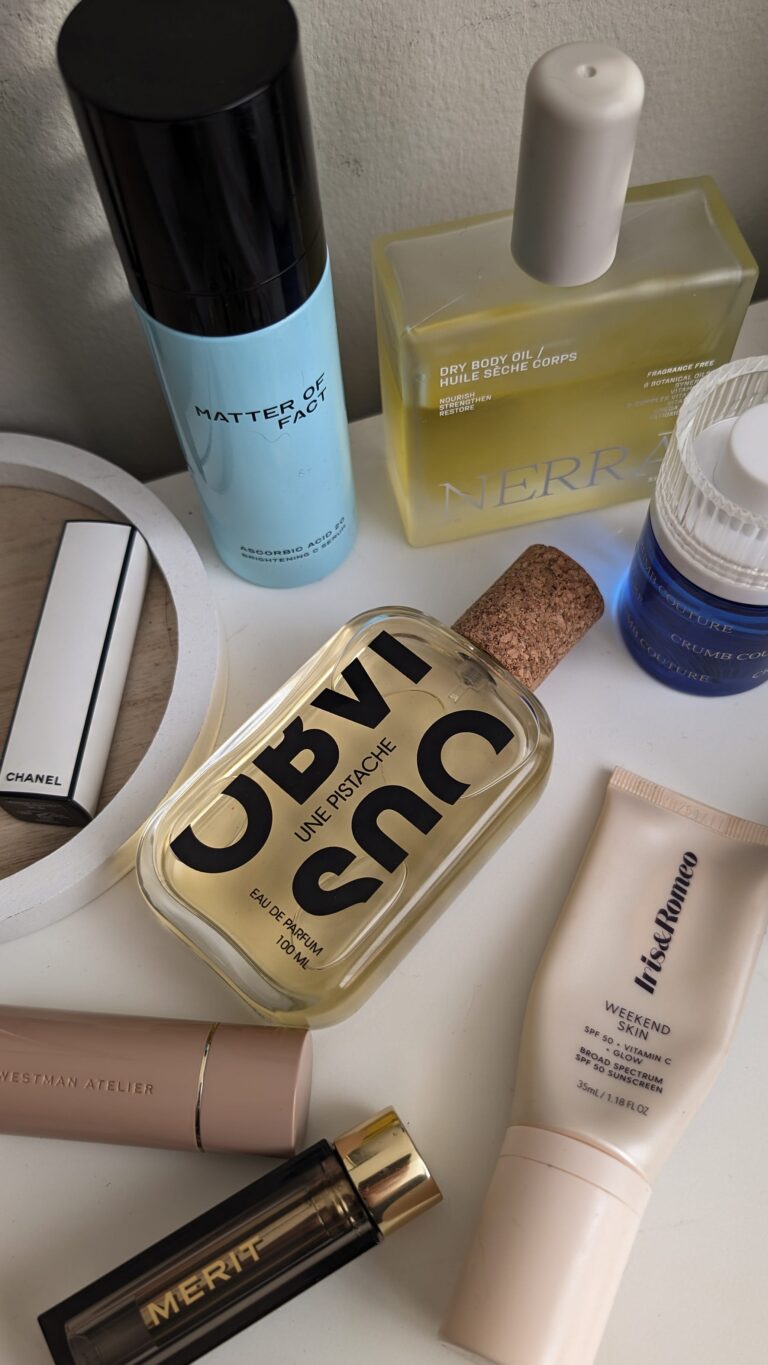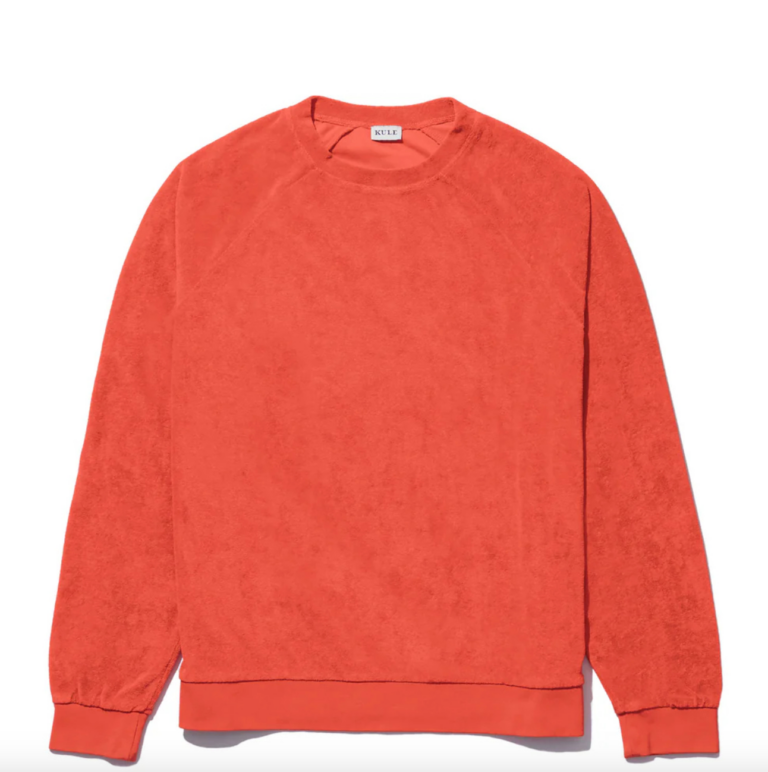Girl on Gloss
Have you heard? The bandage dress is back. Tanning beds are back. Pro-ana blogs are back. So is edible perfume, popularized by Jessica Simpson’s 2004 Dessert Treats line. Skinny jeans are back, and the poster for 2003’s Thirteen is, too (resurrected as an ad for Heaven by Marc Jacobs). Hair clips are back! Brazilians are back! Gloopy, glassy lip gloss is especially back: Last month, MAC released a next-gen version of Lipglass, its cult-favorite product from 2001, with a paparazzi-inspired campaign featuring “Real Housewives” star Lisa Rinna and her daughter Amelia Gray Hamlin. Meanwhile, Lancôme marked the 25th anniversary of Juicy Tubes by partnering with millennium-era celebs: Chad Michael Murray, Ed Westwick, Gabrielle Union, Paris Hilton. (“It’s 2002 again, except I look hotter,” Hilton said. Ah, progress.) In the parlance of the time, “It’s totally raining 2000s references!”

What does it all mean? Maybe nothing. (Trends cycle.) Or maybe nothing good, Sophie Gilbert suggests in her just-released book Girl on Girl: How Pop Culture Turned a Generation of Women Against Themselves.
Girl on Girl takes a critical look at the forces that shaped the 2000s media landscape in the U.S. and considers how that landscape shaped us in return. As Gilbert puts it, “hyper-objectification, sexualization, and infantilization” were marketed to women as “girl power” — a postfeminist bait-and-switch that set a precedent for “our current moment in all its horror:” the end of Roe, a reality TV presidency, regressive policies from the right, politics as a pose rather than a practice on the left. Beauty culture was (is) part of that. “In a 2018 study, the social psychologist Rachel M. Calogero found that the more women were prone to self-objectification … the less inclined they were toward activism and the pursuit of social justice,” Gilbert writes. (The exception? The girl reading this <3)
The book isn’t a comprehensive historical document by any means. It mines only the mainstream-iest of the mainstream: the tabloids, the Rolling Stone covers, the box office hits, the celebrity sex tapes — the headlines that might have filled a young girl’s head as she flipped through Teen People or Us Weekly at the orthodontist’s office. “The moment I’ve considered was largely defined by heteronormativity, gender essentialism, and a rigid binary,” Gilbert notes, “all of which has limited my ability to write outside those frameworks.” But that narrow worldview is also, maybe, the point: What were the consequences of broadcasting this reductive idea of womanhood to billions? How did it limit our sense of ourselves, of other people, of possibility?
Anyway! As soon as I saw the aforementioned ads from MAC and Lancôme, I knew I had to get Gilbert on the line. Read on for her thoughts on high-gloss lips, “Housewives” glam, reclamation vs. regurgitation, and more.







